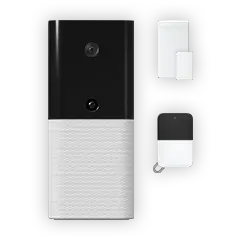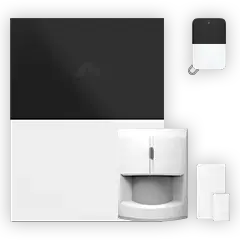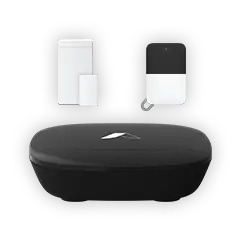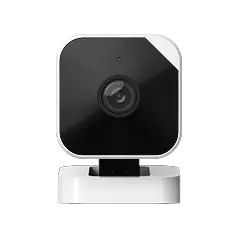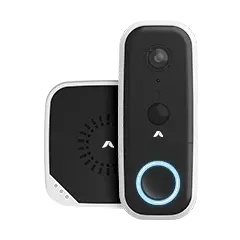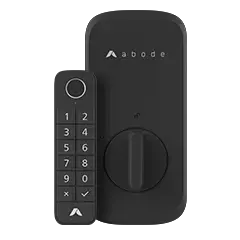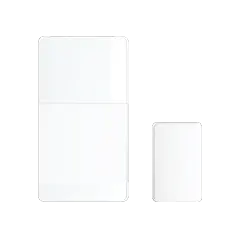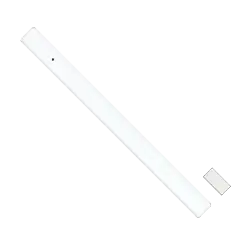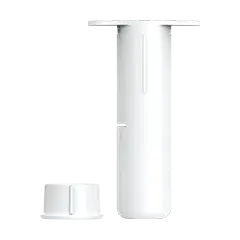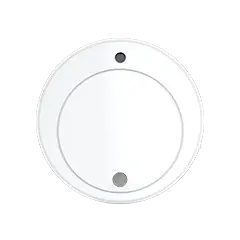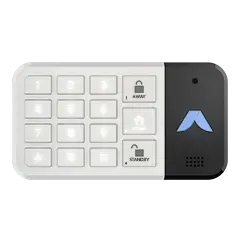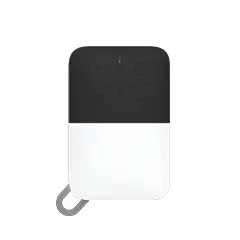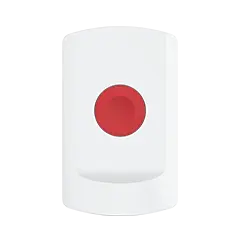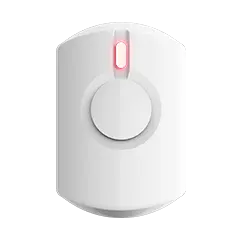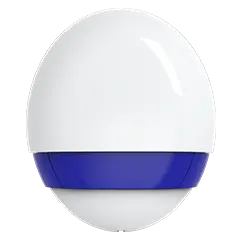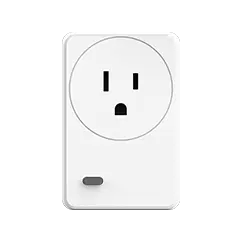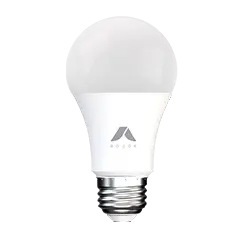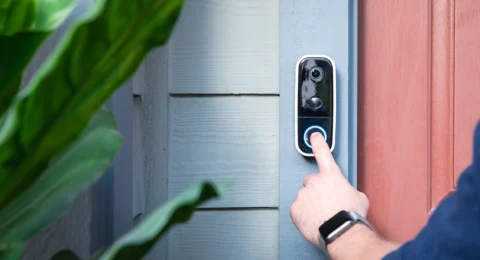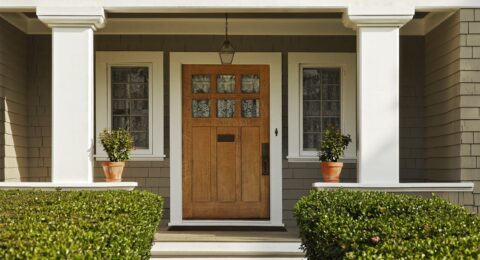Doors & WindowsThe Ultimate Guide to Window Sensors
 Stewart Grant December 01, 2024
Stewart Grant December 01, 2024 When it comes to your home’s security, window sensors play a crucial role in safeguarding your home against intruders. This guide will explore the different types of window sensors, their pros & cons, and how to deploy them to maximize your home’s security.
Understanding Window Sensors
Window sensors are designed to detect and alert you to unauthorized access to your home through windows. There are several types of window sensors, each with unique functionalities designed to serve a different purpose.
Types of Window Alarm Sensors
1. Contact Sensors
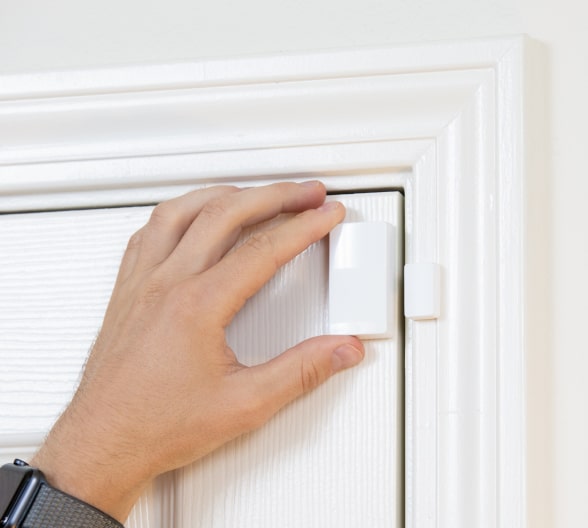
Contact sensors are among the most popular and straightforward types of window sensors. They consist of two parts: one attached to the window frame, and the other to the window itself. When the window is closed the two parts align. If the window is opened, that alignment is broken, which triggers an alarm.
- Pros: Easy to install, cost-effective, reliable
- Cons: Limited to detecting when a window is opened, not broken
2. Glass Break Sensors
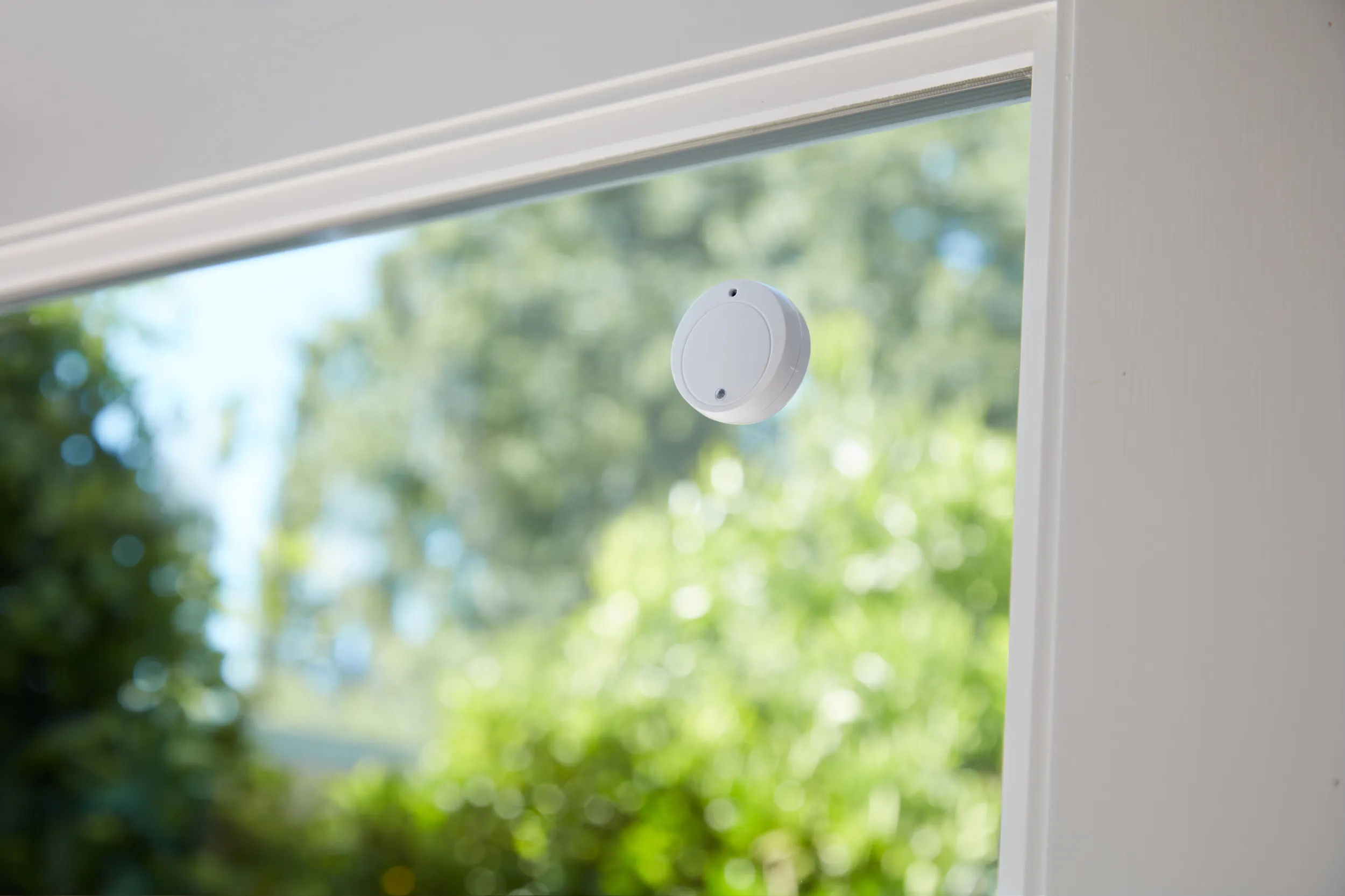
Glass break sensors are designed to detect the sound frequency of breaking glass or shocks to panes of glass. They provide an additional layer of security when combined with contact sensors, especially for windows more likely to be broken than opened.
- Pros: Detects forced entry even if the window isn’t opened
- Cons: Can sometimes be triggered by loud noises resembling breaking glass and can’t detect an opening
3. Motion Sensors

Motion sensors detect movement within a designated area. When placed facing the interior side of windows, they can alert homeowners to any movement outside or inside the window pane, offering comprehensive security coverage.
- Pros: Broad detection range, versatile use, can confirm entry into your home
- Cons: May trigger false alarms if not properly calibrated
Installation Options
Window sensors can be categorized based on their installation method:
1. Wireless Window Sensors
Wireless sensors offer flexibility and ease of installation as they do not require complex wiring. They are especially useful in rental properties or homes where drilling is not an option.
2. Wired Window Sensors
These sensors require professional installation but don’t need battery replacements like their wireless counterparts.
3. Recessed Sensors
Recessed sensors are installed within the window frame, making them almost invisible. They offer a discreet security solution but may require professional installation.
Choosing the Right Window Sensor Combination
When selecting window sensors, consider the following factors:
- Security Needs: Assess the level of security required for different windows in your home
- Budget: Determine your budget for purchasing and installing sensors
- Compatibility: Ensure the sensors are compatible with your security system and preferred smart home ecosystem (if you have one)
Investing in the right types of window sensors can significantly enhance your home’s security. Whether you choose contact, glass break, motion sensors, or a combination of the three you’ll be much better off than you were with none. At Abode, we offer a range of sensors, security systems, and security cameras designed to protect your home effectively. Don’t compromise on safety—explore your options and secure your peace of mind today.
Visit Abode to explore our selection of window alarm sensors and find the perfect fit for your home protection needs, or read what other reviewers have to say when it comes to The best window alarm sensors.
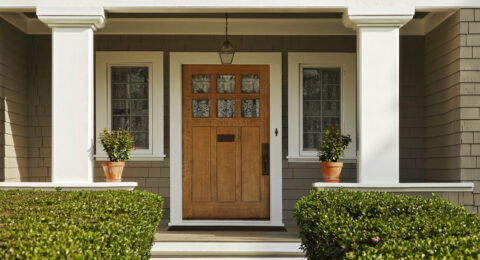 July 14, 2025 How To Secure Your Front Door Welcome to the ultimate guide on how to secure your front door using the latest technology in home security. Whether you're a DIY enthusiast or a HomeKit user looking to secure your...
July 14, 2025 How To Secure Your Front Door Welcome to the ultimate guide on how to secure your front door using the latest technology in home security. Whether you're a DIY enthusiast or a HomeKit user looking to secure your... 
